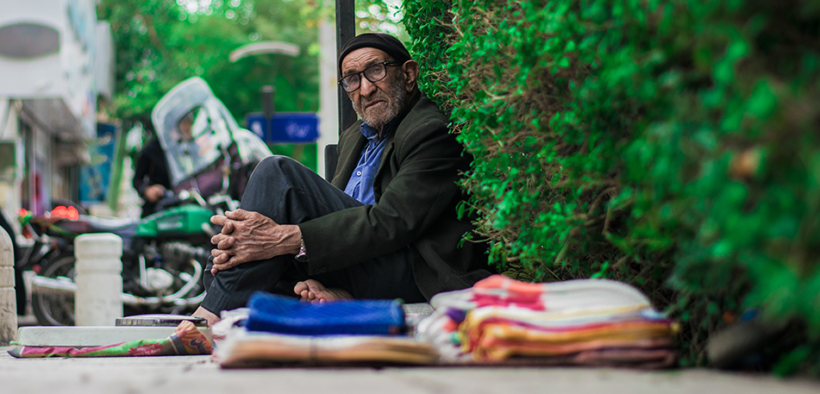New research by the Australian Alliance to End Homelessness (AAEH) and the University of Western Australian (UWA) reveals that an estimated 134 people died while rough sleeping in NSW last year, with the national estimate standing at 424 deaths. However, these numbers are likely to be a significant underestimate because there are no national systems in place to measure data regarding homeless deaths.
The AAEH, St Vincent’s Health Australia (SVHA) and End Street Sleeping Collaboration are urging the Australian Government to show leadership on this critical issue by urgently commissioning the Australian Institute of Health and Welfare (AIHW) to develop a national homelessness deaths and life expectancy gap reporting framework. The organisations also urge the NSW Government to back this call.
Data regarding reduced life expectancy and causes of death has been widely used to drive efforts in improving better outcomes for many population groups in Australia. We measure road deaths and use this data to drive changes, just as we do with data on the life expectancy gap for Aboriginal and Torres Strait Islander peoples, which holds Australia accountable for “closing the gap” and allows for progress to be tracked and measured.
As there is no consistent data collected or recorded on the deaths of people experiencing homelessness across Australia, this already vulnerable group is rendered further “invisible” to governments – a point that is highlighted by the estimated 424 deaths of people experiencing rough sleeping homelessness across the nation last year. Alarmingly, people sleeping rough have a reduced life expectancy of up to 30 years.
The NSW and national estimates were drawn from research conducted by the UWA Home2Health team, which identified 56 people who died while sleeping rough or with a long-term experience of rough sleeping in Perth alone last year. All of the deaths identified in this data have been confirmed by GP or hospital records.
The findings from Home2Health’s research are so significant that they should prompt urgent action by all Australian governments, said AAEH CEO David Pearson.
“This is a national emergency. If 424 people died in a plane crash last year, no expense would be spared in finding out what happened and how we can prevent this from occurring in the future,” said Pearson.
“If we are to drive change in this area, we must measure and publicly report what is an all-too-frequent but hidden occurrence in communities across Australia – that people are dying without a safe place to call home.”
John Willis, Group Manager Inclusive Health at St Vincent’s Health Australia, backs Mr Pearson’s statements and calls for urgent action: “From what we see in our hospitals, people experiencing homelessness die at a more rapid rate and earlier than our general patients. There’s no question that homelessness is a public health emergency.”
Graham West, CEO of the NSW End Street Sleeping Collaboration, added: “It’s critical for the Federal Government to invest in measures to put a stop to these entirely preventable deaths.”
Ending homelessness in Australia is possible, with more and more communities around the world demonstrating their ability to do so. As such, the AAEH, SVHA and End Street Sleeping Collaboration urge the NSW Government to support calls for the Australian Government to commission the Australian Institute of Health and Welfare (AIHW) to develop a national homelessness deaths and life expectancy gap reporting framework.
Developing such a framework would make it possible to understand the extent of homeless deaths in Australia and inform how best to address this critical issue. As set out in this month’s national homelessness publication Parity, the framework should:
- set out how to improve data capture;
- drive more accurate measures of homelessness in hospital and coronial administrative data;
- articulate the number of deaths among people experiencing homelessness (all types of homelessness), the age of death, and cause of death (direct and indirect) at both the local, state/territory and national level, and;
- seek to report such data in as close to real-time as possible.
Paulo Rizal is a content producer for Third Sector news. He has working experience in journalism, SEO, and social media marketing.
















































































































































